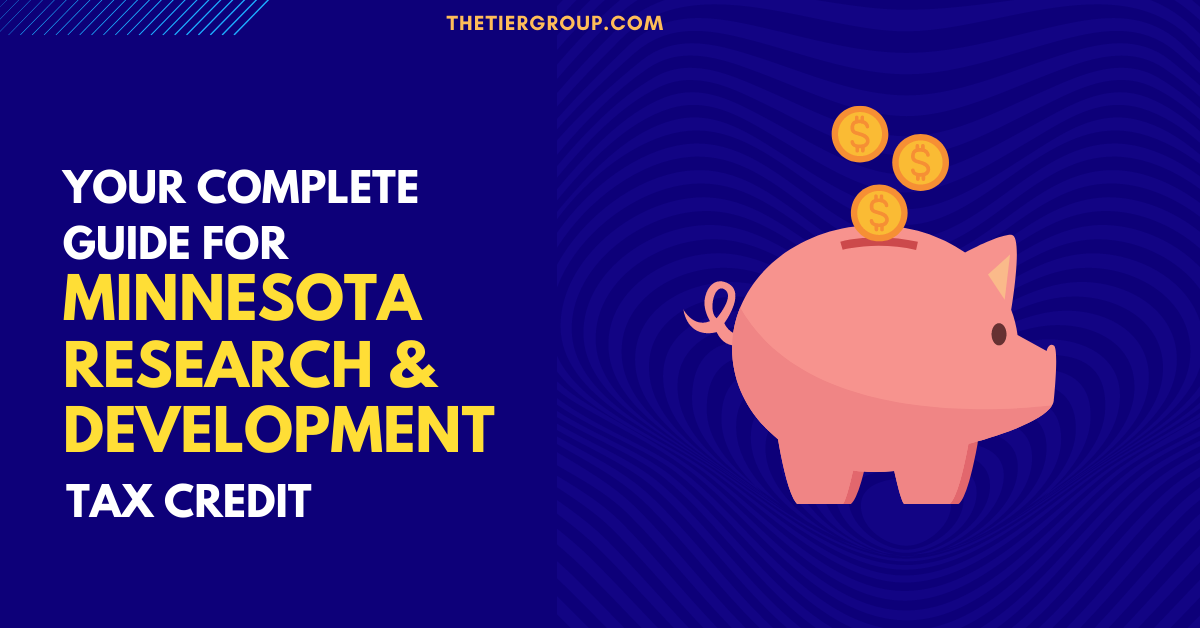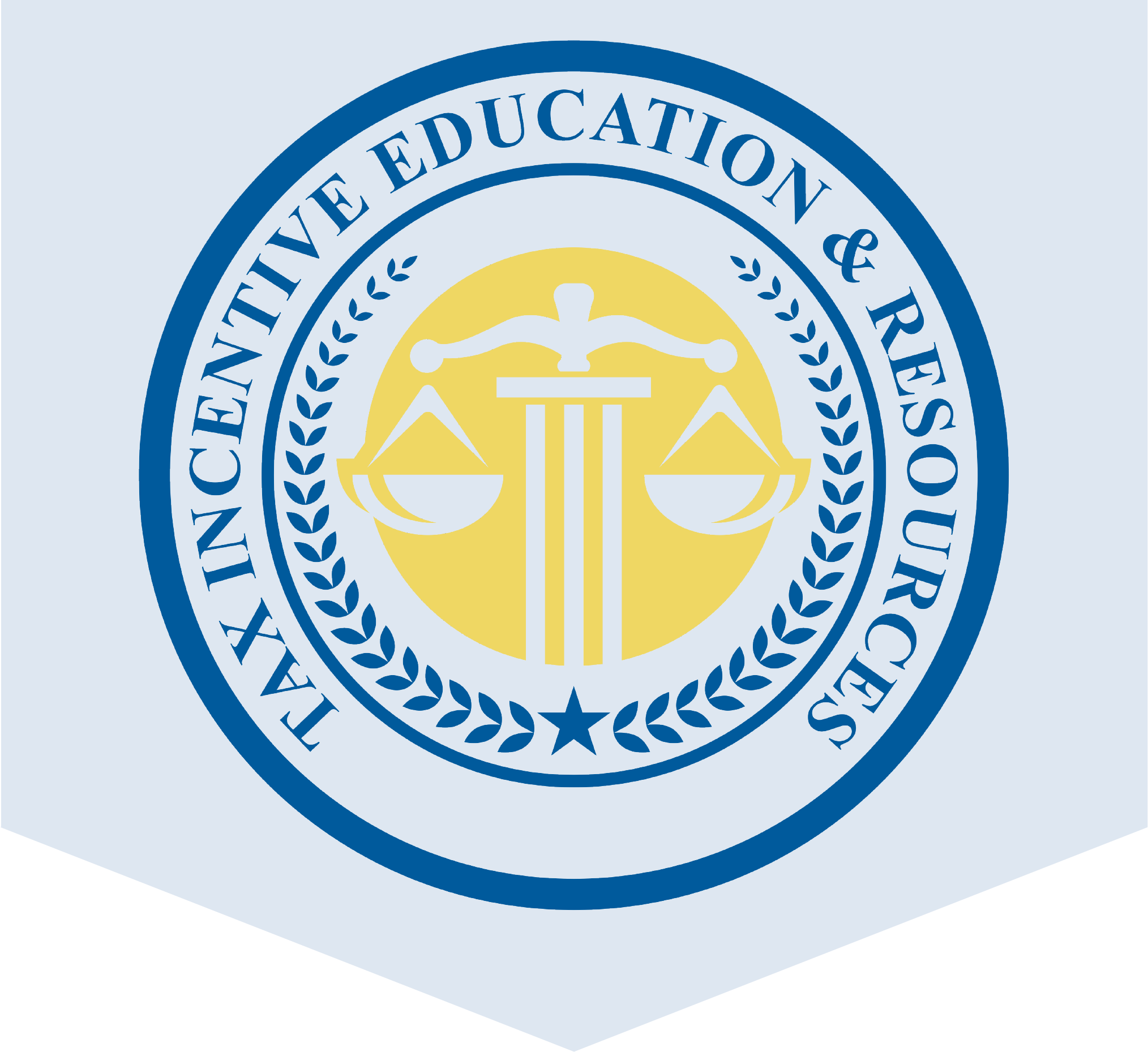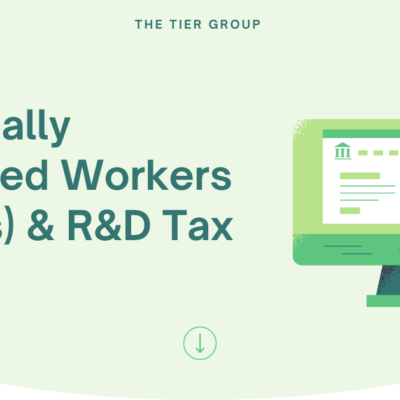
Complete Guide For Minnesota Research & Development Tax Credit
Imagine you decide to promote research in your industry and start working on innovative ideas for a better tomorrow. You design and improve products for better efficiency and effective results. This endeavor is well-recognized by the authorities of Minnesota, who provide you with a special reward— the Minnesota Research and Development Tax Credit!
For increasing your research and having expenses for R&D in Minnesota, you qualify and get a step closer to a research credit. You might be eligible for the Credit for Increasing Research Activities or R&D credit if your company paid certain research and development expenses in Minnesota. Businesses, partnerships, and S-corporations with qualifying research activities in Minnesota are all eligible for the R&D Credit.
The Minnesota R&D credit is modeled after the federal R&D credit, but there are some significant differences in the requirements. Make sure you’re familiar with Minnesota’s research credit provisions for the year you’re claiming it.
Research and Development Tax Credit
Companies that conduct certain types of research and development (R&D) in Minnesota may be eligible for the Credit for Increasing Research Activities. The credit is 10% of qualifying expenditures up to $2 million and 2.5 percent of spending exceeding $2 million. The Minnesota research and development tax credit can only be applied to qualifying research expenses incurred in Minnesota.
Qualifying expenses are the same as the federal R&D credit, defined in Section 41 of the Internal Revenue Code, but they must be for Minnesota-based research. Wages related to R&D, supplies, and research conducted outside your company are examples. Contributions to qualified nonprofit organizations in Minnesota that make grants to early-stage technology companies may also be eligible.
How To Claim the R&D Credit?
Schedule RD will be completed by C-Corporations to determine the credit amount. Include any credit reported to the corporation by a partnership in which the corporation is a partner on Schedule KPC.
If a partnership or S-corporation paid qualified research and development expenses in Minnesota and is eligible for the increasing research activities credit, Schedule RD must be completed to determine the credit amount.
On the other hand, the entity is unable to claim the credit and must instead pass it on to its partners or shareholders. A partnership will report the distributive share of the credit on the Schedule KPI, and an S-corporation will report the pro-rata share of the credit on the Schedule KS, if applicable.
To claim the credit, the partner or shareholder must fill out Schedule M1B, Business and Investment Credits, and include Schedule M1B and Schedule KPI or KS with his or her Minnesota income tax return.
Do I Qualify For This Credit?
If both of the following are true, you may qualify:
- You’re a shareholder in an S corporation or a partner in a partnership.
- In Minnesota, the partnership or company had qualifying R&D expenses that exceeded its “base amount” (as calculated for the federal R&D credit but based on Minnesota gross receipts).
What Are Qualifying R&D Expenses?
Any of the following expenses are considered qualifying expenses:
- R&D expenses eligible for the federal R&D credit are for Minnesota-based research.
- Contributions to qualified nonprofit organizations that make grants to Minnesota’s small, technologically innovative businesses in the early stages of development.
How Much Is This Credit?
The credit equals 10% of qualifying expenses up to $2 million and 4% of expenses over that amount. This credit is non-transferable and non-refundable. Any credit amount you cannot claim in the current year may be carried forward for up to 15 years.
This credit has had a significant influence on the state’s tax revenues. A 2017 study estimated the Minnesota Department of Revenue’s Tax Expenditure Budget to be around $50.2 million in corporate franchise tax credits while it was close to $18.5 million for an individual. With these allowances, Minnesota’s R&D expenses for the same year for corporate tax came close to $16 million, and for individual tax, the figure went down to $600,000. This gives a clear idea of the taxation scenario for Minnesota’s R&D credit.
How Do I Claim The R&D Tax Credit?
Schedule RD, Credit for Increasing Research Activities, is completed by the partnership or S corporation that paid qualified R&D expenses in Minnesota. Schedule KPI, Partner’s Share of Income, Credits, and Modifications (for partnerships), or Schedule KS, Shareholder’s Share of Income, Credits, and Modifications (for sole proprietorships) will show your share of the credit (for S corporations).
To claim the credit on your Minnesota tax return, fill out the following form:
- Fill out Form M1, Individual Income Tax, to report the amount of your credit.
- For other Nonrefundable Credits, complete Schedule M1C.
- Include the schedule you completed in step 1 and a copy of Schedule KPI or Schedule KS when filing Form M1.
For C corporations filing a combined return, the Minnesota Department of Revenue updated the Minnesota Credit for Increasing Research Activities (R&D credit) guidance. According to Schedule RD, the credit carryover can currently only be used by the earning member.
Following further investigation, the department discovered that Minnesota law mandates that the credit carryover be applied to the other members in the same way that the credit was applied to the earning member in the year of generation.
This change is in effect for tax years beginning after December 31, 2012. It can be used to get a refund while the statute of limitations is still in effect. The authorities are currently updating our 2018 and 2019 forms and instructions to comply with this guidance.
File Form M4X, Amended Franchise Tax Return/Claim for Refund, if you or your client are affected for a tax year within the statute of limitations to claim a refund. This change is likely to affect tax years under active audit, administrative appeals, and refund claims.
Conclusion
Minnesota was the first state ever to come up with a research and development tax credit. It has been a progressive step to encourage research, and various other states have followed in the footsteps with certain variations. While Minnesota research and development tax credit is inclined towards a federal system, other states often specify their credits based on the types of businesses!
How do I Apply for Minnesota R&D Tax Credit?
Claiming for Minnesota R&D tax credit is a complex process. Given the bunch of rules and guidelines, it’s wise to rely on the qualified and experienced tax consultants of the TIER Group for your claim. With over a decade of experience, expertise, skills, and knowledge, we help you get bigger returns.
Find out how much research credit your business can get. Book your call now and our team will get back to you within 1 to 2 days.


